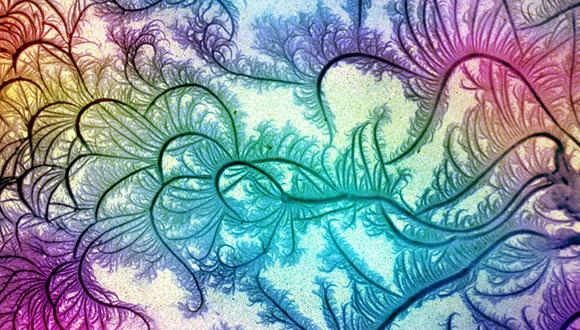Condensed Matter Seminar: How do we discover Majorana particles in nanowires?
Sergey Frolov, University of Pittsburgh
Zoom: https://us02web.zoom.us/j/81710509390?pwd=QXVYNjZqa3NDQXNFUFlWZHhhRG05Zz09
Abstract:
I have been on a ten year journey to gather evidence of Majorana particles, a quarter of my life. For me personally this came from theorists: frist Carlo Beenakker and his students who presented at our group meetings, and then - during a 30 second conversation with Roman Lutchyn at the 2010 March meeting, when I realized that we could try this in semiconductor nanowires which I was working with in the Delft lab as a postdoc. (Wires came from Sebastien Plissard and Erik Bakkers in Eindhoven).
I fleshed out ideas for how we would do it and ghost-written a grant proposal with my advisor Leo Kouwenhoven. It gave us money to hire two amazing PhD students: Kun Zuo and Vincent Mourik. With my faculty job in Pittsburgh secure by that time, there was no risk in trying to hunt for Majorana, and we went for it with force. By 2012 we found promising Majorana signatures: zero-bias peaks in conductance that were sticky: did not move from zero voltage bias when we changed electric or magnetic fields. A lot of work lay ahead to verify, improve and find additional evidence. Yet we - and lots of other people - had little doubt that we were on track to demonstrate Majorana.
But nature prepared a surprise for us: in subsequent years other researchers, Eduardo Lee and Silvano de Franceschi from Grenoble, demonstrated that sticky zero-bias peaks can also come from Andreev states, not only Majorana. It is very rare that a phenomenon so carefully mapped out can also have another compelling explanation. At that time my old team in Delft, and my new team in Pittsburgh were struggling to find further Majorana signatures. It took time for us to embrace the fact that Majorana have not been discovered: some are still working through that.
Yet in a decade we have learned a lot. First, we learned how to tell Andreev from Majorana. Even if all we measured so far is Andreev, we are sure that we will know Majorana when we see it. Second, we improved our nanowire materials by deploying advanced growth and nanofabrication techniques. We developed elaborate computational models that capture many subtleties of nanowire devices, with superconducting shells. The future is bright: because Majorana is based on a solid theoretical foundation, we should be able to make the discovery. If society still has the patience to let us pursue it. What of quantum computing applications? That will have to wait until we figure out the basic physics.
Event Organizer: Prof. Eran Sela


